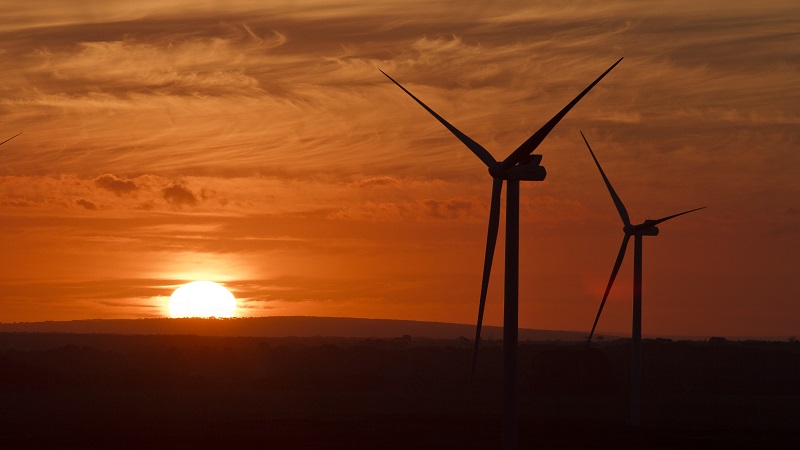“The technology-neutral tendering procedure in 2018/19 will result in the deployment of new onshore wind capacity only,” was the statement made by experts at the Danish Energy Agency in the report ‘Denmark's Baseline Projection 2018', which was published in April and has now been translated into English.
For the pending wind and solar tenders for this financial year, recently approved by the European Commission, the Danish government has allocated a budget of DKK842 million ($130 million).
The authors of the report say the further development of solar in Denmark will rely mostly on technological advances, and installed PV capacity is expected to increase from around 900 MW to 1,400 MW by 2030. This means, the agency added, a “slower pace of deployment than previously expected.”
The share of solar in electricity consumption will be constant at around 3%, the agency added. Currently solar's share stands at just below 2%.
“The share of wind power in electricity consumption will increase to 63% in 2021, but then drop to 39% by 2030 in the absence of any new initiatives,” the agency stressed. As a consequence, Denmark may become an exporter of energy in 2020-2024, but an importer from 2025. “Net imports are likely to amount to 19% of electricity consumption – including grid losses – in 2030, in the absence of any new initiatives,” the report notes.
Electricity consumption is expected to grow from 33.7 TWh to 44.8 TWh from 2017 to 2030, at an annual rate of around 2.2%.
However government agencies traditionally provide conservative estimates in terms of renewable energy projections, and in a recent wind and solar auction in neighboring Germany, solar proved the only winner.
In Denmark though, wind dominates in a nation that hosts turbine manufacturers such as Vestas.
This content is protected by copyright and may not be reused. If you want to cooperate with us and would like to reuse some of our content, please contact: editors@pv-magazine.com.




FYI: NEG Micon merged with Vestas in 2004.